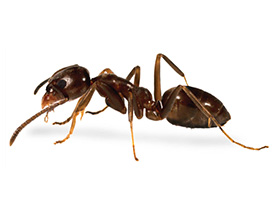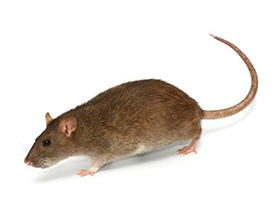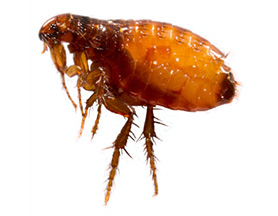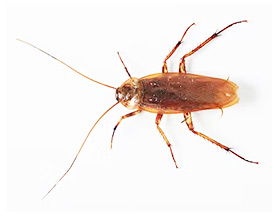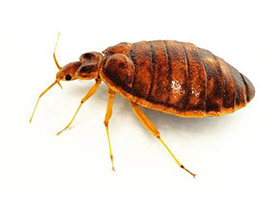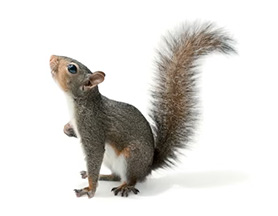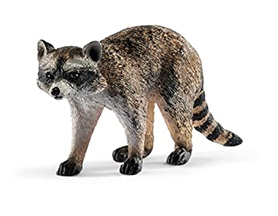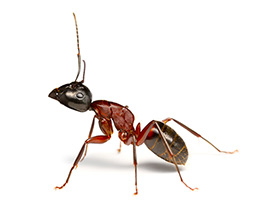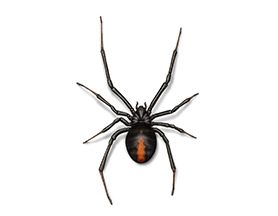Life Cycle Of Termites
You may not know that termites are the most successful insects on earth. Except Antarctica, one can find their colonies in almost all of the landmasses. Among any insect in the world, termite queens have longest lifespan and some queens may live up to 30 - 50 years! Termites live in colonies and these can house a few hundred individuals to enormous societies with several million termites.
Termites are actually eusocial insects and are classified at the taxonomic rank of infraorder Isoptera, or as epifamily Termitoidae within the cockroach order Blattodea. Once classified in a different order from cockroaches, but according to a recent phylogenetic studies, it is now considered that termites actually evolved from close ancestors of cockroaches during the Jurassic or Triassic.
The life cycle of termites is hemimetabolus type of life cycle, which means that their development is an incomplete metamorphosis. Because of this though the life cycle of a termite begins with an egg, but is different from that of a bee or ant. All termites are paurometabolous, which means they have many nymph stages and can range from 5-13 nymph instars till they reach full maturity.
Nymphs look like small adults, and go through a series of moults while growing. In few species, eggs go through four moulting stages and nymphs go through three. Nymphs first moult into workers, and then some workers go through further moulting and become soldiers or alates; workers become alates only by moulting into alate nymphs. Depending on over the situations like food availability, temperature, and the general population of the colony, the development of nymphs into adults can take months. The stages of development are: Egg -> Nymph -> Adult (which can be secondary reproductive, worker, or soldier). Here is the diagrammatic presentation of the life cycles of a termite:
 You may also like to read:
You may also like to read:
- Identifying Termites Found in Canada
- How to get rid of termites?
- Are Termites Dangerous to Humans?
- Ottawa: Termites are still a big issue
- How to prevent termite infestations?
- What are the signs of termites in your home?
- Amazing facts about termites
- How long does it take for a bed bug infestation to show up?
- Why bed bugs are so hard to kill?
- Do DIY Bed Bug Treatments Really Work?
- Home Remedies to Get Rid of Bed Bugs
- Bed Bugs Facts & Myths
- Bed Bugs Bite
- Bed Bugs Infestation: The Stigma Has to Go!
- Bed bugs on the rise in Ottawa
- What bugs can be mistaken for bed bugs?
- The History of Bed Bugs
- Home Remedies to Get Rid of Bed Bugs
- Cockroaches Life Cycle
- Preparing Your Home for Bed Bug Treatment

